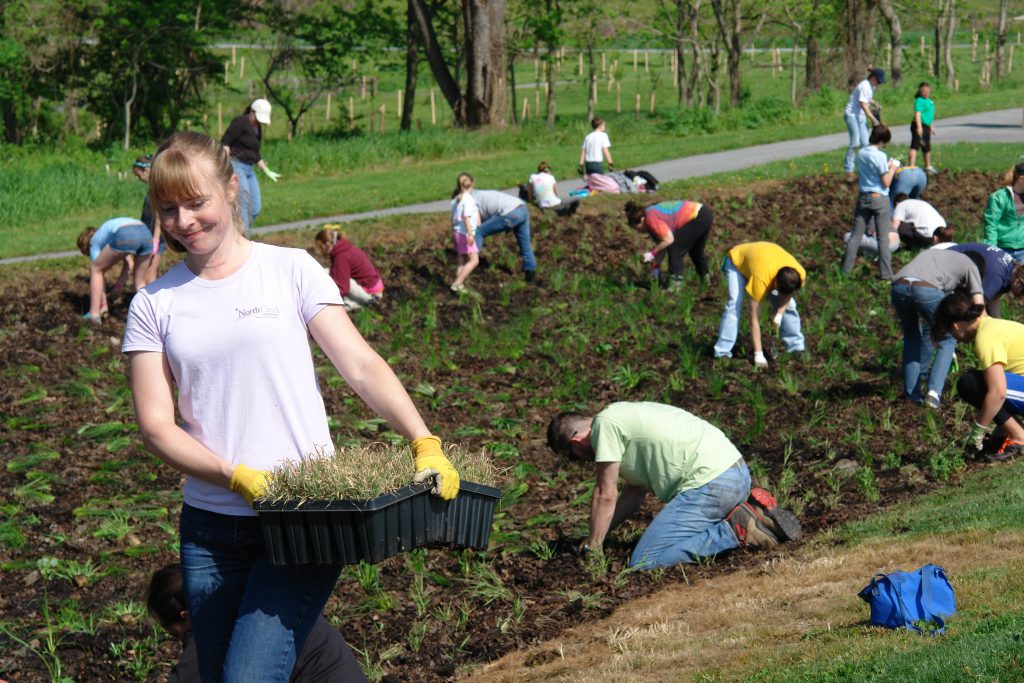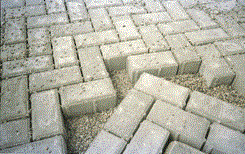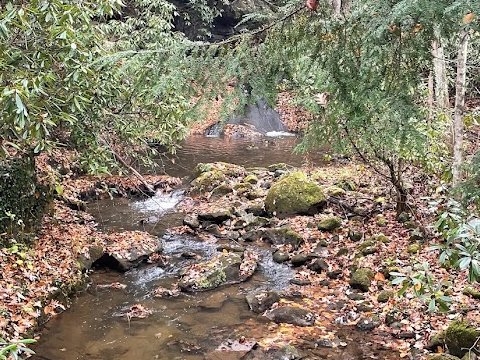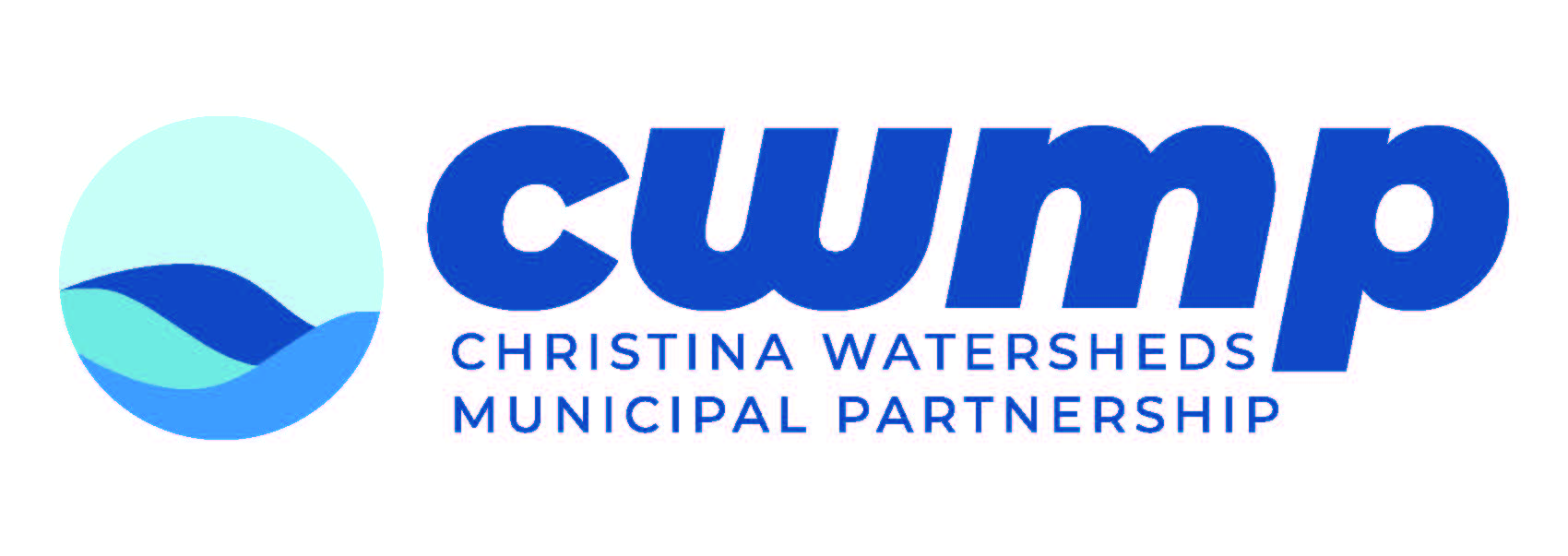A Brief Introduction to Stormwater Pollution
Stormwater occurs when precipitation falls to the earth’s surface and flows over the land or impervious surfaces. When falling on natural ground cover, like forests and meadows, much of this water infiltrates into the ground and slowly makes its way into groundwater aquifers or local streams, lakes, and rivers. However, when precipitation falls on less permeable or impervious surfaces, such as turf grass, roof tops, sidewalks, roads, and parking lots, much of it is unable to infiltrate into the ground, so it flows over land and enters local waterways untreated. This over-land flow is called stormwater runoff. Increased stormwater runoff can produce a number of problem for your property, for your neighbors, and for your township or borough. This video provides a brief summary of the major challenges posed by stormwater runoff. For a more detailed overview of stormwater, check out these resources by Penn State Extension, these tips from the Chester County Water Resources Authority, or this classic 2-page introduction to how we cope with it in Chester County.
Here are two documents that provide an overview of stormwater management and flood control.
If you are interested in taking action to improve water quality in your local streams and groundwater aquifers, check out the Green Stormwater Infrastructure Guide to learn more. The resources below provide information on some proven methods shown to effectively reduce stormwater runoff.
HOAs manage larger parcels of common spaces, landscaping and stormwater infrastructure. In addition to the resources provided here, check out this resource on sustainable practices and resources . The Chester County Planning Commission, along with their partners, has curated a list of the information, guides, partners, and funding resources most relevant to Chester County HOAs.

Plant a Rain Garden
Rain gardens are a popular method of capturing and infiltrating stormwater on residential and commercial properties. Rain gardens are gardens of native shrubs and flowers that are planted in a depression that is designed to capture stormwater runoff from the surrounding area. Rain gardens are an effective way to reduce your stormwater footprint while also providing aesthetically pleasing habitat for birds and pollinators. If this video piques your interest, this site will provide more guidance, or we’ll be happy to link you to folks who can help.

Be Fertilizer and Pesticide Smart
Stormwater runoff can wash excess pesticides and fertilizers into our local waterways, which degrades water quality and can results in toxic algal blooms. You can help keep pollutants out of our water through environmentally friendly lawn care, including these fertilizer tips and integrated pest management.
Learn more from Penn State Extension about choosing a qualified pest management or lawn care company.

Control Rooftop Runoff
Linking a gutter downspout to a rain barrel is one way to save on water usage and reduce stormwater runoff around our homes. This video provides a quick look at how it works.

Plant a Tree
Planting trees has been shown to not only reduce stormwater runoff, but also to reduce temperatures during summer months, improve air quality, sequester carbon, and add value to a property or neighborhood. Just one tree can make a huge difference to the environment around it. You can calculate the stormwater benefits of any tree using this tool. For more information on how to properly plant trees around your home or in your neighborhood, check out these resources by the Minnesota Division of Natural Resources. To learn more about the benefits of trees in urban settings, check out this report by the Environmental Protection Agency.

Consider Porous and Permeable Paving Materials
Sidewalks and parking areas are often made of impervious material that completely eliminate stormwater infiltration. These areas can generate large volumes of stormwater runoff, which can increase the risk of flooding or erosion on adjacent lands. You can minimize flooding and stormwater runoff while by utilizing porous or permeable paving material in your driveways, patios, parking areas, or sidewalks. To help recognize permeable paving materials, check out this page by Penn State Extension. This page by the Chesapeake Bay Trust will provide more information if you are interested in installing some of these practices on your property, or you catch watch this video.

Welcome a Native Meadow
Conventional lawn turf infiltrates much less stormwater than a native meadows. Lawn turf often has soil compaction, lower levels or organic material in soils, shallower rooting depths, and less vegetative coverage. If you have space on your property or might you support turning nearby public land into a native meadow, check out the pages below to learn more:

The area directly adjacent to a stream is often referred to as the riparian areas. Planting trees along streams stabilizes stream banks, reduces sediment and erosion, filters out harmful nutrients and pesticides, reduces flooding, and lowers water temperatures. All of these benefits help to improve stream health and supports healthy aquatic ecosystems. Do you have a stream running through or along the boundary of your property? Check out this introduction to riparian buffers or contact us for help in obtaining plantings.

Watershed-smart Winter De-icing
Winter de-icing materials, most commonly road salts, are often applied liberally to sidewalks, roads, and parking areas each year to improve safety conditions. These materials often end up in our streams and groundwater after the snow and ice melts, which causes large spikes in salt concentrations in streams and groundwater after winter storms. To learn more about the impact of salt on our watersheds and how to more effectively and efficiently apply de-icing agents, check out this fact sheet by Cornell Extension or this webpage from Montgomery County, Maryland. For more information about how salt impacts Chester County streams, review this factsheet by Chester County Water Resources Authority.

Install a dry well or infiltration trench
Dry wells and infiltration trenches are a common stormwater best management practice that are designed to increase groundwater recharge and reduce peak runoff rates. These practices can be installed downslope of driveways, patios, and sidewalks or at the outlet of a downspout to avoid standing water or and to reduce overland runoff. Check out this video to learn how to install one, or learn more about their benefits in this fact sheet from Malvern Borough or this page from the Watershed Stewards Academy.

Caring for Your Stream
A stream can be a beautiful and beneficial element in the environment. To care for the streams on you property and community just takes a little effort.
Your streamside property
Stream maintenance booklet
Stream maintenance poster

Implementing a Stormwater Control Plan
Are you ready for a systematic plan for limiting stormwater runoff from your property? Below are some additional resources that can help you to improve the challenges cause by stormwater runoff on your property and in your community.
- Lancaster County Conservation District’s Homeowners Guide to Stormwater
- Philadelphia Water Departments’ Homeowners Guide to Stormwater
- PA DEP’s Homeowners Guide to Stormwater BMP Maintenance.
Lancaster County’s Clean Water Consortium’s Homeowners Guide

Find your municipality
